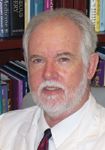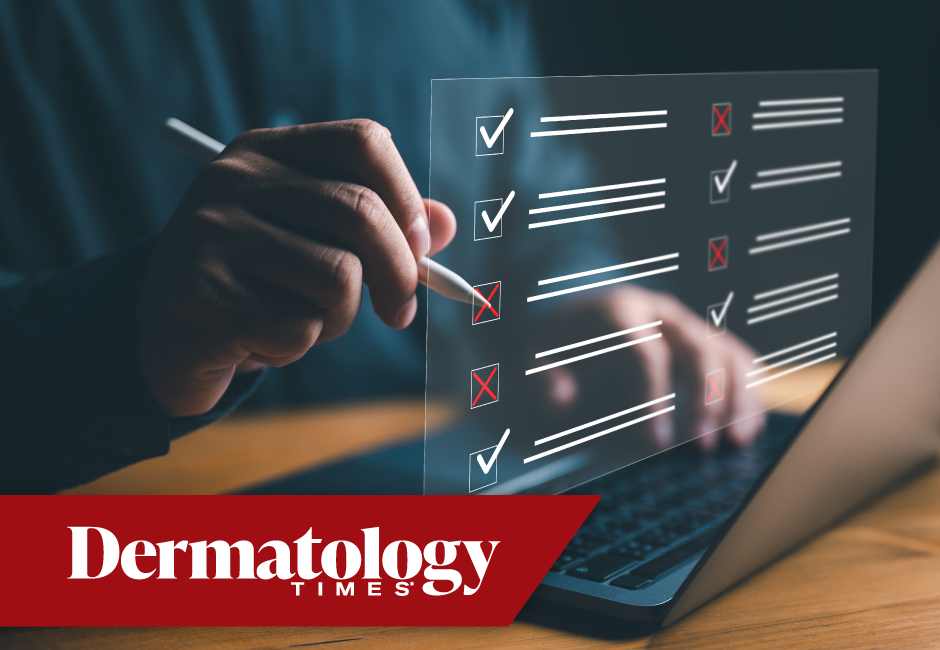- Acne
- Actinic Keratosis
- Aesthetics
- Alopecia
- Atopic Dermatitis
- Buy-and-Bill
- COVID-19
- Case-Based Roundtable
- Chronic Hand Eczema
- Drug Watch
- Eczema
- General Dermatology
- Hidradenitis Suppurativa
- Melasma
- NP and PA
- Pediatric Dermatology
- Pigmentary Disorders
- Practice Management
- Precision Medicine and Biologics
- Prurigo Nodularis
- Psoriasis
- Psoriatic Arthritis
- Rare Disease
- Rosacea
- Skin Cancer
- Vitiligo
- Wound Care
Article
Osteopathic derm college observes 50th anniversary
Author(s):
The American Osteopathic College of Dermatology (AOCD), which held its first meeting in 1957 and was pronounced a formal organization the following year, is celebrating its 50th anniversary.

Key Points

AOCD President Bill V. Way, D.O., F.A.O.C.D. (Fellow of the American Osteopathic College of Dermatology), says the specialty has come a long way, striving to match the quality of M.D. education.
"About 15 to 18 years ago, the D.O. dermatology programs were preceptorships, where individuals would be trained in individual physicians' offices. That concept was completely eliminated and changed (at least 15 years ago) to dermatology residency programs, modeling our programs after a variety of different M.D. programs throughout the U.S.," he says.
The college eliminated preceptorships, he says, in order to be more recognized and accepted among M.D. colleagues.
Part of the mainstream
Today's D.O.s are mixing with M.D.s throughout their educational career, Dr. Way says. D.O. residents attend dermatology grand rounds at the different universities. They also attend AOCD annual and mid-year meetings and American Academy of Dermatology (AAD) meetings and conferences.
D.O.s are licensed by the American Osteopathic Board of Dermatology. Dermatologist D.O.s can now be affiliate members of the AAD, and Dr. Way says the AOCD hopes that members will be granted full status in the future.
The college, which oversees practice standards in the specialty, just began launching subspecialty fellowship programs, including one for Mohs surgery. Fellowships also are planned for pediatric dermatology and dermato-histopathology.
The college
Dr. A.P. Ulbrich was the first president of the AOCD, and was among a board of five members. The American Osteopathic Board of Dermatology certified only three dermatologists during its first eight years.
Today, there are 290 AOBD board-certified dermatologists, and 90 residents (compared to about 50 some 10 years ago, Dr. Way says). There are 20 osteopathic dermatology residency programs around the United States, some affiliated with M.D. programs and all sponsored through hospitals, he says.
Dr. Way acknowledges that osteopaths' pursuit for equality in an M.D. world remains a sore spot for some.
"There is a lot of politics in this. Many M.D.s do not understand what we do," he says. "The D.O. profession, including D.O. dermatologists, has had a history of continuing improvement in their postgraduate education, and now ... have reached a level of acceptance with their M.D. colleagues in essentially all specialties and all 50 states in the U.S."
For more information: http://www.aocd.org/









